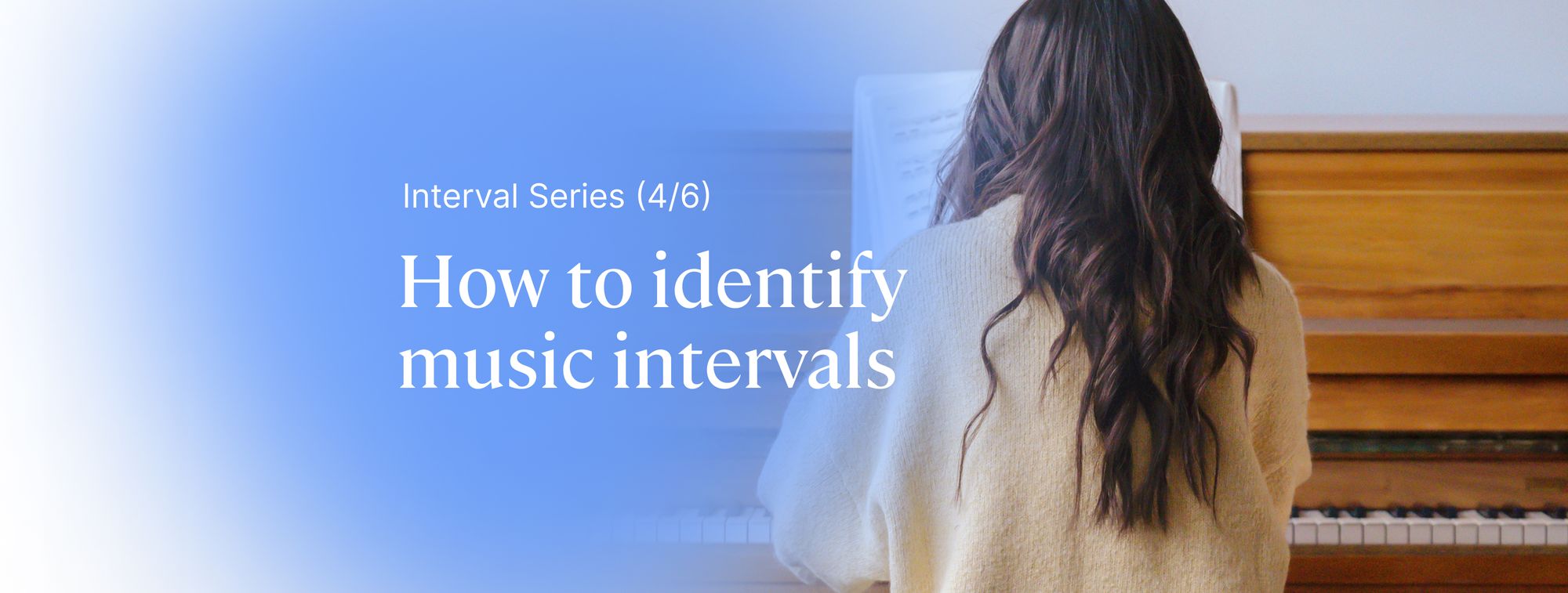Welcome back to our series of articles on identifying music intervals! In Part 1, Part 2 and Part 3 we studied ascending intervals. Now it's time to review the descending intervals. Ready?
Below we'll talk about:
- The descending minor 2nd.
- The descending major 2nd.
- The descending minor 3rd.
💡 To refresh your mind on what those interval names mean, check out our dedicated article here.
How to identify descending minor seconds
A descending minor second has 1 semitone, as discussed here. As I always mention in these articles, each interval type carries a distinct characteristic in its sound profile, and the way to identify them is to familiarize your ear with the sound of each. So let's listen to some examples of descending minor seconds:
- C-B
- A-G#
- Bb-A
- F-E
Note that B-B♭ has 1 semitone, too; however, the name of this interval is augmented unison. Since minor 2nd and augmented unison have the same interval width (1 semitone), they share the same distinct sound, despite their different names in theory.
Listen to the first two notes of the Jurassic Park Theme (occurring at 0:02), which is an example of this type of interval:
How to identify descending major seconds
A descending major second has 2 semitones (a whole tone), as discussed here.
Let's listen to some examples of this interval:
- C - Bb
- D# - C#
- Ab - Gb
- E - D
Listen carefully to the first two notes of Howard Shore's "The King of the Golden Hall" from The Lord of the Rings:
This is the sound of a descending major 2nd!
How to identify descending minor 3rd
A descending minor third has 3 semitones, as discussed here. Let's listen to some examples:
- C-A
- D-B
- A-F#
- Eb-C
Listen carefully to the first two notes of the song "The Girl from Ipanema". The humming begins with Eb-C, which is a descending minor third. Note that when the singer sings the first lyrics at 0:07, the first two notes are again Eb-C:
That's it for today! See you in Part 5 where we'll continue descending intervals. Don't forget to practice on your keyboard or the virtual one in Flat to master these intervals.
See you in the next article,
Articles in the series about intervals:
